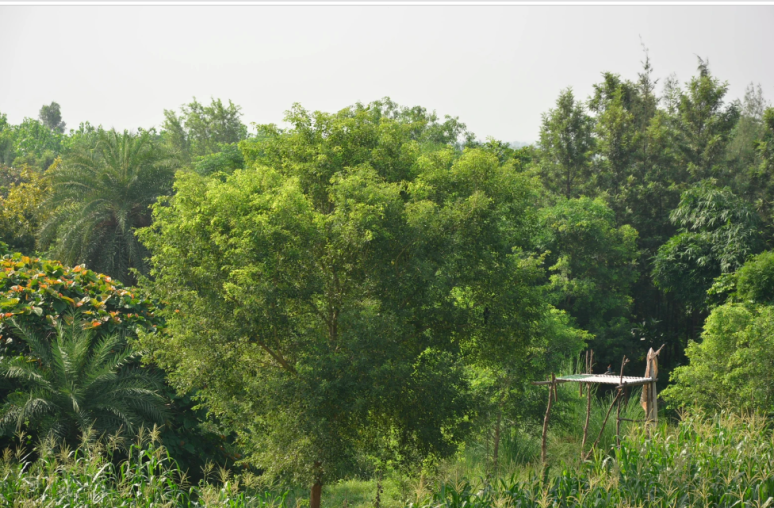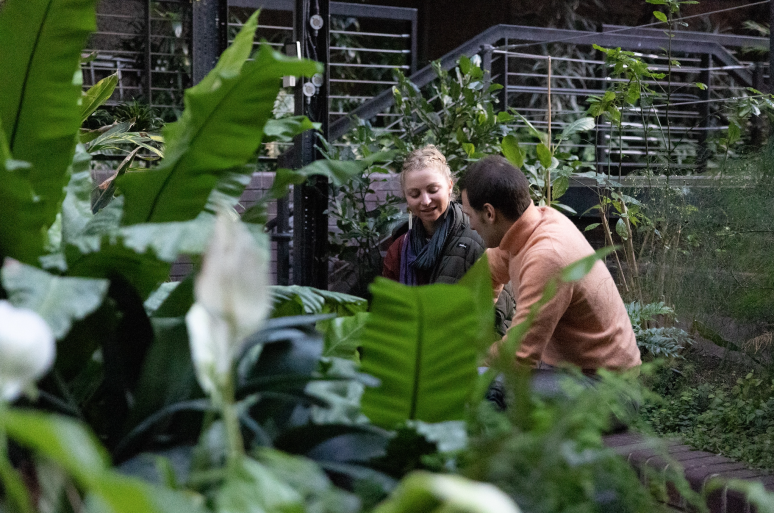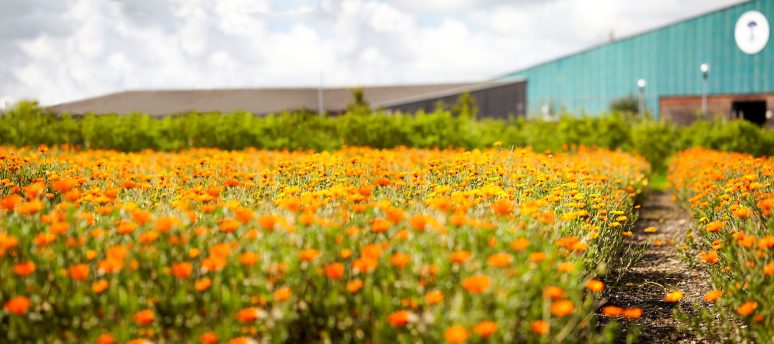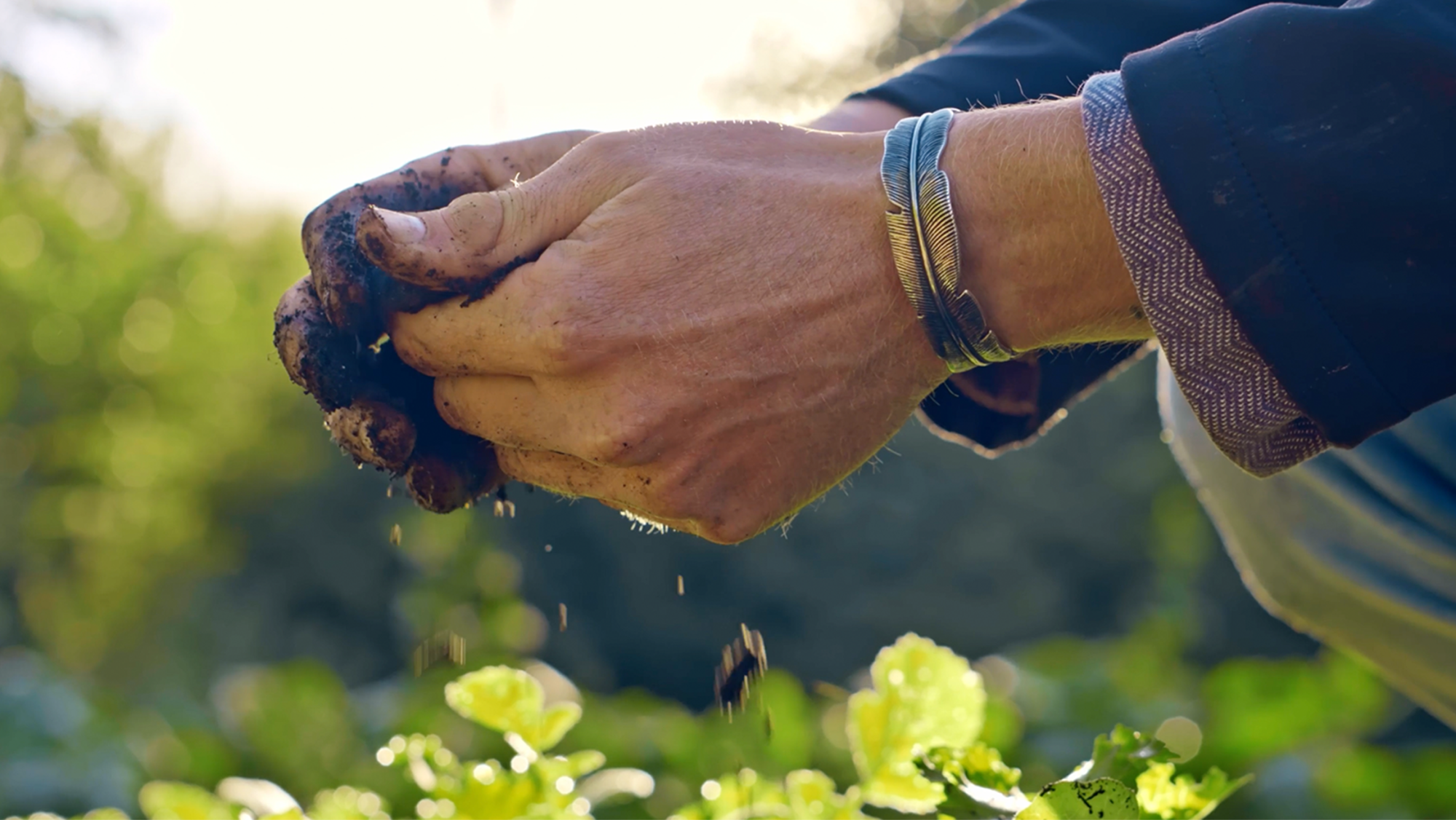
The soil food web: why healthy soil means healthy people
Earthed, Farmacy and World Soil Day
In alignment with World Soil Day, Earthed and Farmacy have come together to highlight the pivotal role soil plays in building healthy ecosystems, healthy food, and healthy people. Farmacy is a Founding Partner of the Earthed charity championing the belief that ‘food is medicine’ and advocating for local, organic and biodynamic farming. Get your own copy of Farmacy’s new Manifesto on the Future of Food.
Part 1: the magic complexity of soil
In English soils, 90% of species haven’t yet been named. A pinch of healthy soil can contain kilometres of branching fungal filaments and a billion bacteria. Healthy soils are living ecosystems. They are fascinating complex webs of life that contain a huge diversity of species.
Healthy soils are living ecosystems. They are fascinating complex webs of life that contain a huge diversity of species.
Within the soil, worms, bugs, fungi, bacteria, plants and animals all work together to turn organic material into nutrients and food. These creatures create beautifully rich soil. This is the basis for all terrestrial life and 99% of what we eat.
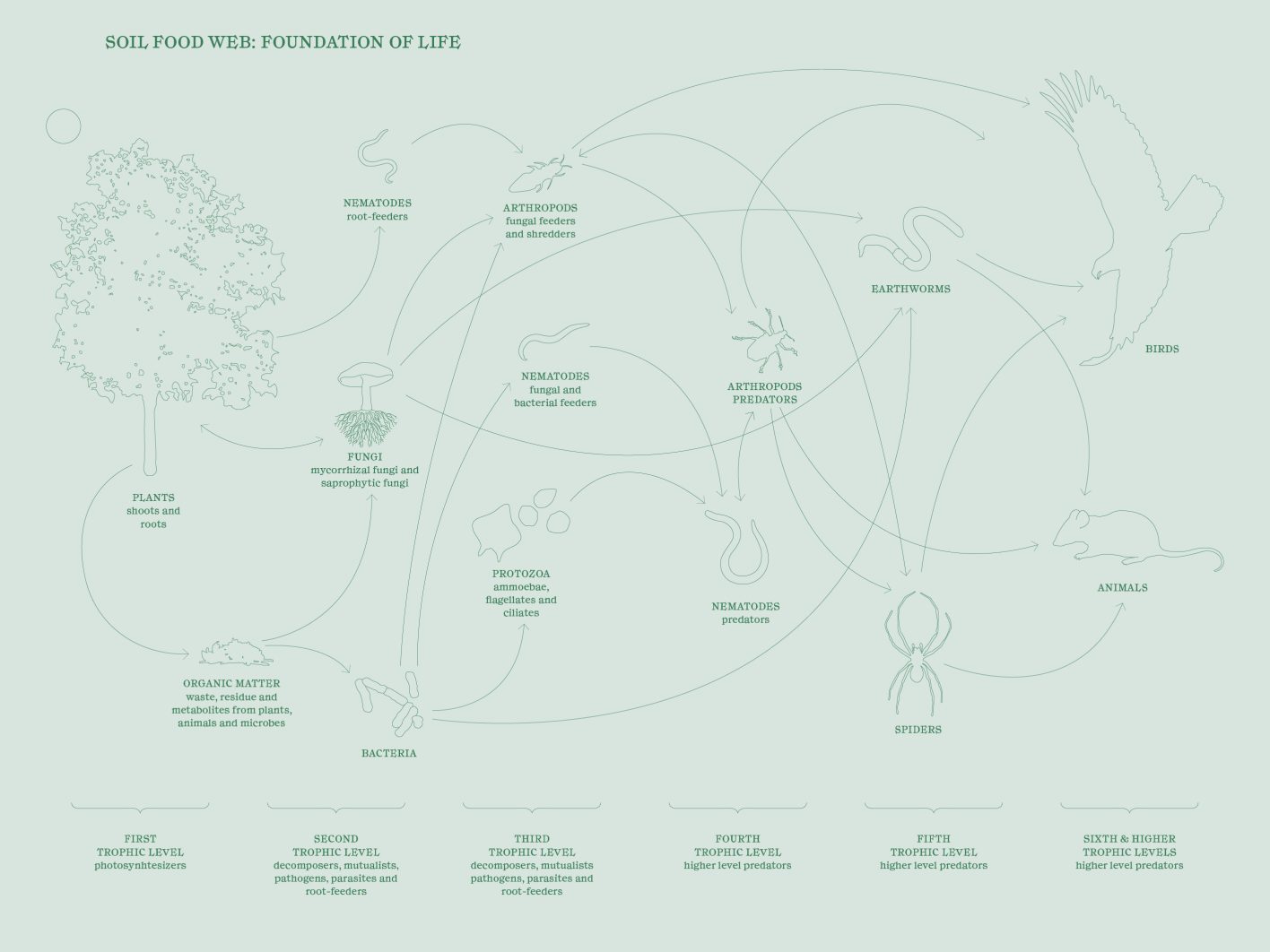
The connection between human health and healthy soils.
Within healthy soils there are thousands of microorganisms that unlock nutrients for plants, allowing our food to become nutrient-rich. Nutrient-dense food provides us the nourishment we need for the ecosystem of our body to thrive. When we destroy the soil food web and kill these millions of tiny organisms within the soil, we are also affecting the nutrients and nourishment that we receive through the food we eat.
Photosynthesis is the handshake at the heart of life on Earth.
Plants harvest energy from the sun that feeds the web of life in the soil in the form of carbon. The plants in turn receive the minerals they require from the microorganisms that they feed.
Plants send roots into the soil biome. This is the community of microscopic bacteria and fungi that allows plants to take nutrients from the ground.
Similarly, our own bodies extend roots called villi into the gut microbiome, a community of tiny creatures that break down our food and shift nutrients. We receive part of the ecology of our microbiome from our families. But we also ingest millions of microbes with every meal.
Science is finding that our microbiomes, shaped by the food we eat, affect our emotions, thinking, and relationships. With depression and anxiety strongly linked to poor gut flora diversity.
Serotonin — one of the body’s most important neurotransmitters — is almost entirely produced in the digestive tract. Serotonin influences sleep, appetite, and moods. It inhibits pain and regulates sexual function. When it’s out of whack it can lead to depression, anxiety, and even more dramatic mental effects.
Since at least 90% of serotonin is produced in the gut, and the gut is lined with a hundred million neurons. It makes sense that the inner workings of the digestive system affect the mind and emotions.
A healthy soil supports a healthy gut. A healthy gut supports a healthy mind.
A resilient group of minds can give rise to a thriving culture that continually invents new harmonies with its surroundings.
We must learn to nurture the soil so that it becomes alive and vital once again.
The unimaginable, magic complexity of soil is constantly contributing to human and planetary health in more ways than can be listed.
Farmacy Manifesto on the Future of Food
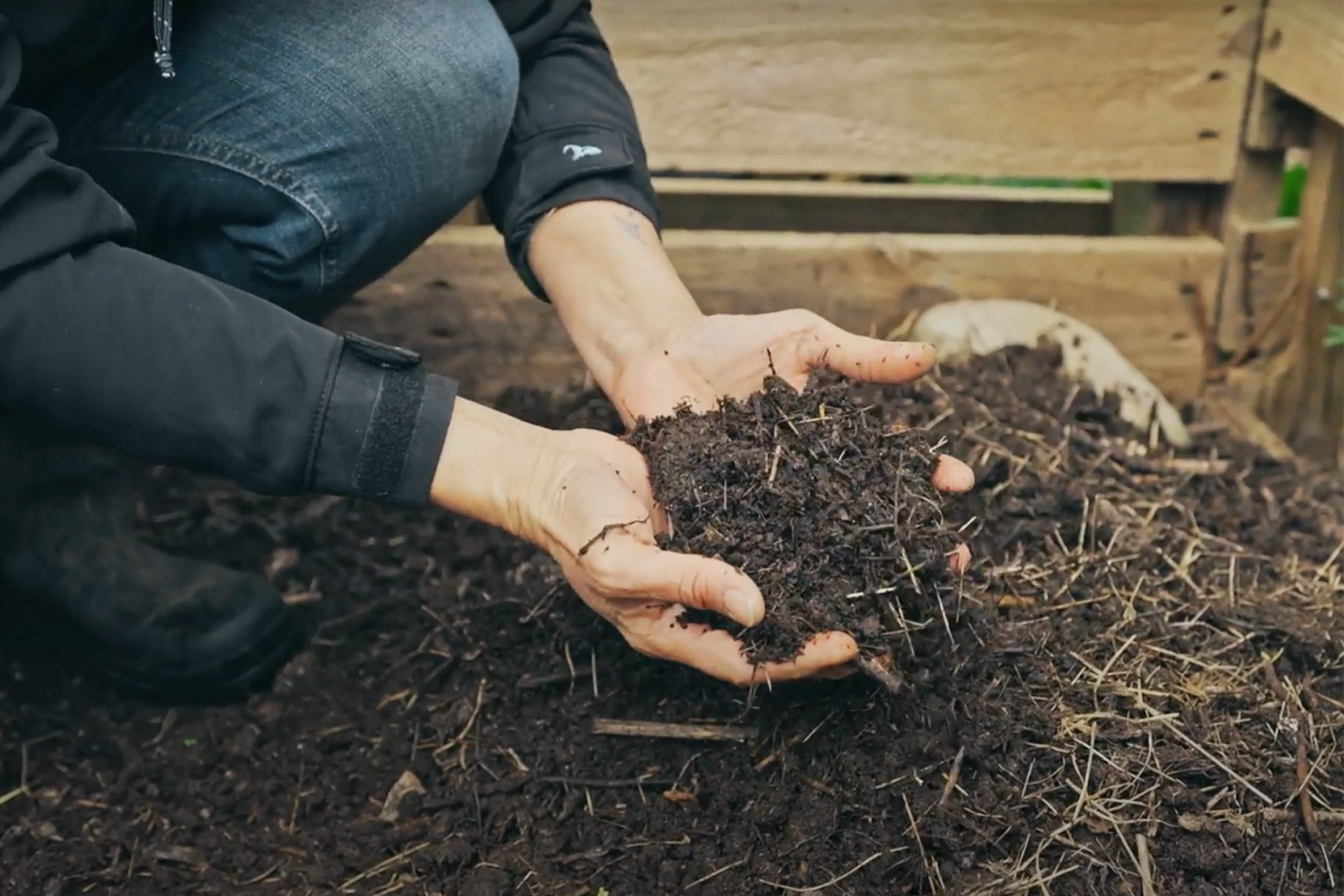
Part 2: the impact of industrial agriculture
Declining soil health is intrinsically linked to declining human health.
Agriculture dominates the surface of the globe, spanning 46% of all habitable land. The way we feed ourselves is the most direct and intimate aspect of our relationship to nature.
Yet around the world, industrial agriculture is actively killing the soil food web and impacting human health.
Industrial Agriculture and the Soil Food Web:
- Continual tilling breaks down the connective structure that bacteria and fungi create.
- Heavy machinery compacts soil, leading to soil erosion, increased nitrogen loss, and reduced drainage.
- Pesticides kill the billions of microorganisms within the soil that are also working to bind the soil together.
- Synthetic fertilisers further unravel the balance between microorganisms in the soil.
When the complex web of life holding soil together deteriorates, rainfall is more likely to result in soil runoff. That runoff is filled with pesticides and fertilisers which then enter waterways, polluting aquatic ecosystems. Therefore creating further imbalance in the surrounding landscape.
Industrial Agriculture and Human Health
The mass adoption of industrial agriculture was shaped by historical forces, gaining much of its momentum in the aftermath of the World Wars.
The chemical and machinery industries that had been busy manufacturing poison gases and artillery during the wars found new markets in the farm fields. In fact many of the same companies that had developed nerve gas for use on the battlefields and in the gas chambers turned their techniques to another kind of war: the war on pests.
Today over 1,400 pesticides are used, but less than 1% of the poison sprayed acts on the target organism. The rest leaches into the ecosystem, undermining the web of life — and slowly and insidiously ravaging human health too.
Since the rise of synthetic chemical pesticides and fertilisers being sprayed on our food, we have seen increasing rates of inflammation, chronic disease and neurological disorders.
There is now increasing evidence showing the direct links between the chemical intensification of our agriculture and the rapid rise of a range of diseases. Which are now resulting in increasingly unaffordable treatment costs. These include diet-related illnesses such as obesity, type-2 diabetes, cardiovascular diseases, allergies, certain cancers, and diseases of the immune system. Many of which are being directly linked to the way food is currently produced and consumed.
The same industrial agricultural processes that are damaging the soil food web are also impacting human health. In comparison, healthy soils support healthy people. We need to transform the way we farm and eat in order to support and celebrate this intrinsic link between humans and soil.
Today, in our fast-forward and dulled state, we understand food as fuel and convenience. But food is so much more than that. In the truest sense, eating is a profound act. It is about nourishment and connection. The way we eat involves us in a web of information and exchange that stretches across the globe and as deep into history as it is possible to go. Food is loaded with meaning as well as nutrients, encoded with the largest possible implications for human destiny.
Farmacy Manifesto on the Future of Food
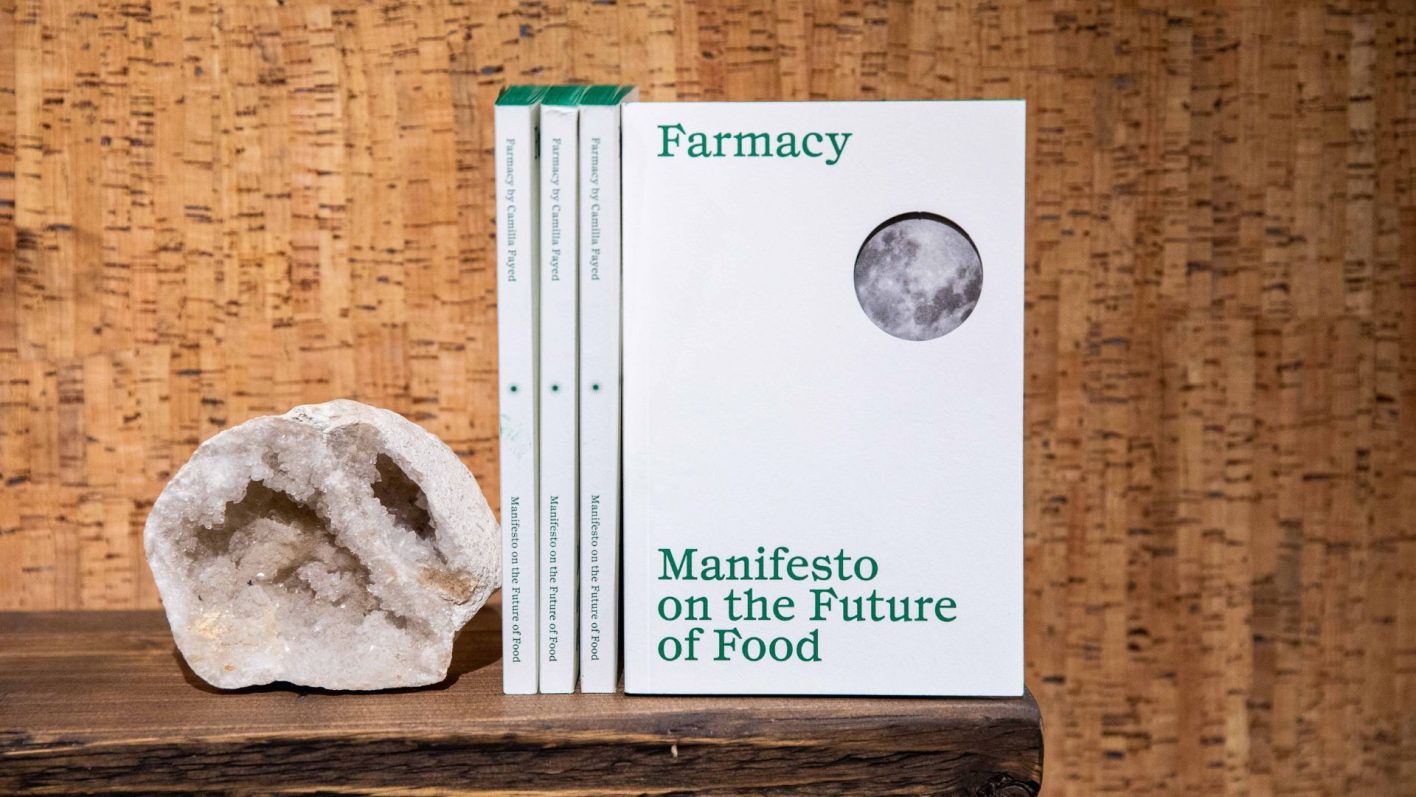
Part 3: food as medicine
The regeneration of the food landscape is about the integrity of the soil ecology but also about the integrity of the human ecology.
Within healthy soils there are thousands of microorganisms that help our food become nutrient rich. Nutrient dense food provides us the nourishment we need for the ecosystem of our body to thrive. When we destroy the soil food web and kill these millions of tiny organisms within the soil, we are also affecting the nutrients and nourishment that we receive through the food we eat.
Our dysregulation starts with the food we eat. Food is the medicine for healing humanity.
There are many factors that have affected the health of our intestinal microbiome, from antibiotics, low fibre in processed foods, the modern emphasis on hygiene, and the generalised use of biocides in agriculture. But it is possible to regenerate our guts by eating a diversity of foods from living soils.
Fermentation
Fermentation is a set of practices that goes back to the dawn of humanity. They are a means of working with nature to elicit more nutrition and flavour from food. As foods are transformed by microorganisms in controlled environments, chemical changes take place, unlocking nutrients, creating new ones, and developing natural chemical cocktails. Therefore stimulating our taste buds, guts and imaginations.
Living cultures such as sauerkraut, yoghurt and kvass can help us to rebuild the microorganisms in our gut. Yet this still depends on healthy soil. Vegetables from a depleted industrial landscape won’t contain the necessary elements to jumpstart their own fermentation.
Fermentation thus illustrates once again how the vitality of the mind can be traced directly back to the vitality of the soil.
The trouble is not only how industrial food is grown, but in what happens to food after it leaves the farm, as it enters a second industrial process. In the factories, food is radiated, oxidised, and further treated with synthetic chemicals. Soybean, corn, and rapeseed oils are extracted, bleached, and deodorised with chemical solvents such as hexane, a known neurotoxin. Processed foods come packed with refined sugars, artificial sweeteners, preservatives, emulsifiers, enzymes, and hormone-disrupting substances.
By and large, we don’t know where our food comes from, how it was grown, or what it has been mixed or treated with. A useful rule of thumb is Michael Pollan’s philosophy for eating, which he summed up in just seven words in a mastery of synthesis: Eat food. Not too much. Mostly plants.
Food sits at the intersection of our inner landscapes and our outer landscapes. The food we eat affects how our bodies respond, how our minds understand, and how our health supports us — but it also determines the way the world around us looks, the state of the air, the earth, the water, and the vitality of our social and political systems.
Farmacy Manifesto on the Future of Food
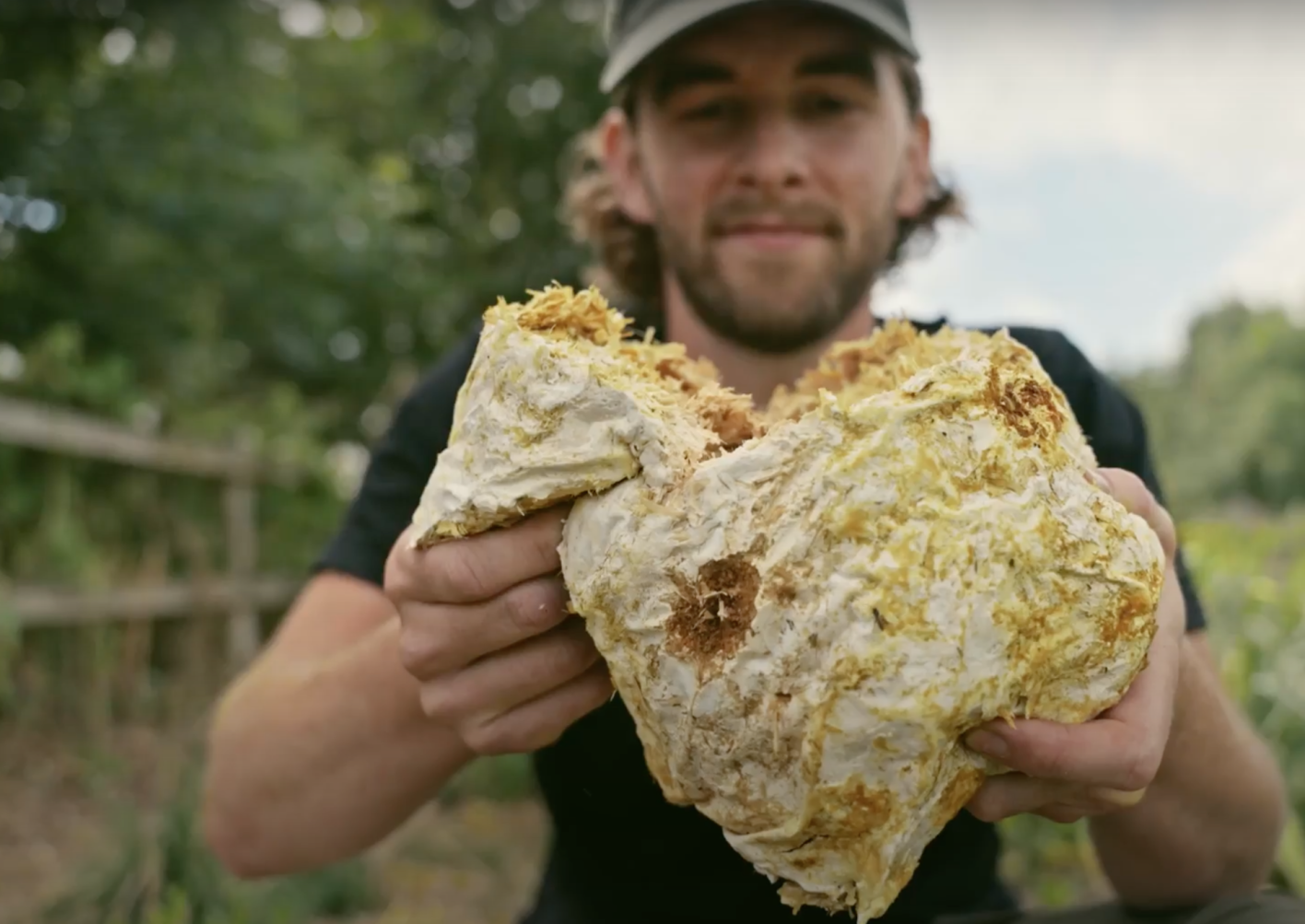
Part 4: the shift to regenerative agriculture
The regeneration of the food landscape is not only about the integrity of the soil ecology, but also about the integrity of the human ecology. Agriculture that is truly regenerative should not harm the environment or human health.
Regenerative agriculture is a way of growing food that honours this complexity that lives in the soil. It acknowledges how as humans we depend on that living soil for our health and wellbeing. By using approaches that build soil health through natural means, in the same way soils have been doing for millions of years before industrial agriculture, we can halt the decline of our health and our soils.
What does a regenerative food system look like in practice?
Smaller scale.
Big monocultures reliant on toxic chemicals and fossil fuels cannot be truly regenerative. Smaller scale allows for farming practices that collaborate with nature.
Job-rich instead of tech-intensive.
Many food technologies rely on rare-earth minerals and use tremendous amounts of energy. They also impose standardisation. Human beings, on the other hand, are built for diversity and capable of nurturing soil, landscapes, and each other. Regenerative food systems are people-led.
Diverse farms.
Life is built on diversity. In order to harness the power of ecology and build healthy soil, a variety of plants and animals must be integrated into the same land.
Local markets.
Cutting food miles is crucial to reducing emissions and use of plastic. More importantly it connects eaters to their local landscapes and keeps farming accountable to the community. Local food networks are more resilient to changes in climate and financial shocks. They also shift the balance of power away from corporations and back to actual people: farmers and eaters. Local food is fresh food — with more nutrients and flavour.
Face-to-face relationships.
Real connections between farmers, retailers, and consumers help keep all parties informed and accountable to each other. It also means that people can support each other in times of need, translating to resilience and social regeneration.
Real food for real people.
For food systems and not just certain specialty products to be regenerative, the fundamental shift will be to provide everyday food at affordable prices. This is not easy in a deregulated globalised economy. Policy intervention are needed, but in the meantime paying more for organic food can help to subsidise the transition. (Adapted from Local Futures, founded by Helena Norberg-Hodge – check out Helena Norberg-Hodge’s Earthed course on Localisation)

The principles of regenerative agriculture encompass a vibrant range of practices. Those practices leverage the natural features of the landscape and the biology of the plants and animals involved. These principles allow farmers to make expensive synthetic inputs redundant by harnessing ecology to create soil fertility and deal with pests. Along the way, carbon is returned to the soil and the water cycle is restored to more reliable flows. Regenerative agriculture is a kind of farming that produces food with greater nutrition while improving the conditions for life and food production in the future.
Regenerative agriculture today is not only empirically recognized to offer greater nutrition without the toxic load of synthetic chemicals, but many organic and biodynamic farms also provide an aesthetic that is deeply pleasing to humans. This is not accidental. Outer landscapes are reflected in our inner landscapes. When the outer landscapes to which we are connected through food are alive, complex, and humming with response, so are we.
Farmacy Manifesto on the Future of Food
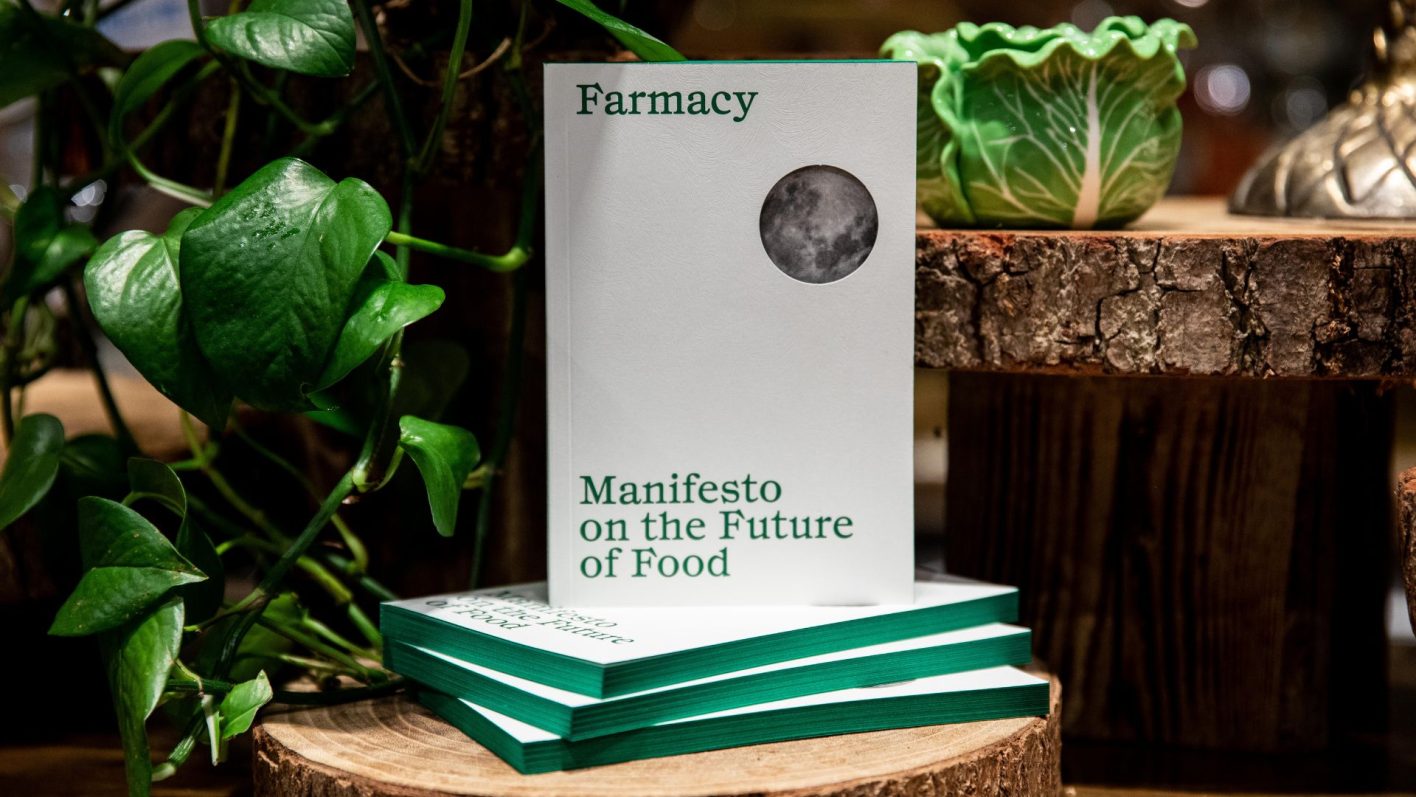
About Earthed
Earthed is the nature skills platform for a global community learning from and for nature. The charity exists to galvanise and support a peer-driven, mass mobilised ecosystem restoration movement by giving anyone, anywhere, access to the skills, networks, and funds they need to restore nature and grow food. Together, the growing Earthed community will mainstream restoration knowledge, help fund community-oriented regeneration projects, build back biodiversity, restore degraded ecosystems, localise food systems, and help every balcony, city, farm, and river burst with life.
About Farmacy
Restaurant, farm, shop, and foundation, Farmacy has become renowned for its innovative, nutritionally curated and organic dishes. With ‘living food’ recipes that are good for human health and sustainability. Farmacy champions the belief that ‘food is medicine’ and advocates for local, organic and biodynamic farming. The ‘Farm’ in Farmacy is grounded in the Kent countryside. It’s a Demeter-certified biodynamic plot of land, growing vegetables, fruits and herbs, which are delivered weekly to the Notting Hill restaurant by electric van. As well as championing a regenerative approach to agriculture, Farmacy is passionate about creating educational initiatives to share this knowledge of biodynamics. Therefore setting individuals and families off on their own journeys towards deep health and personal sovereignty.
Already a member of Earthed?
Head to our Earthed Courses and start learning from restorers around the world. Not sure what the best course for you is? Start a discussion in our community area!
